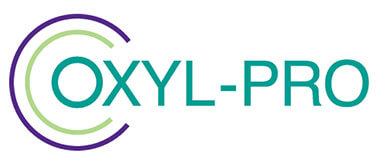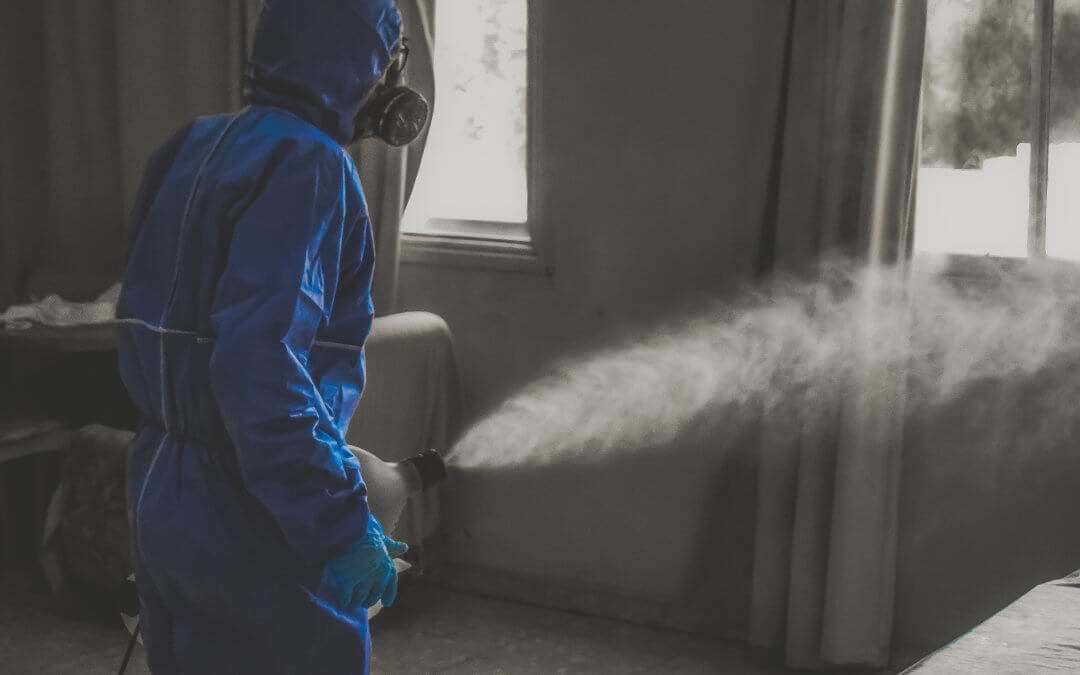Covid-19 has put disinfection high on the agenda across a broad range of industries. Different enterprises and organisations have been exploring what the most effective, efficient disinfection methods are for their specific circumstances.
This is about public health, but also about public confidence. Businesses, especially public-facing ones, need to be seen to be taking hygiene seriously.
One such disinfection method they are applying is fogging. It involves spraying disinfectant using special equipment, to create a fog effect. But how effective a method is it?
What is Fogging?
Where there is the requirement to apply a substance over a large area, fogging is an established solution. It applies to pesticides, biocides, fungicides and disinfectants.
It is a spray method of disinfection, and it works effectively on horizontal surfaces, as well as hard-to-reach areas and confined spaces.
Fogging has been an established method for disinfection in places such as doctor’s surgeries and hospitals for the disinfection of medical environments and equipment.
With the Covid-19 pandemic, however, it is now becoming more widely-used in public places.
What is the Process of Fogging?
The fogging process involves dispersing disinfectant using a special fogging machine. This fine dispersal has the effect of a fog or mist when you apply it.
The equipment uses pressure to create this ultra-fine spray, which you apply to the target area.
Generally, you can spray up to 12 metres, making fogging an effective disinfectant method for large rooms.
Some fogging machines are electrostatic, and the way they work gives each droplet of disinfectant an electrostatic charge, to help ensure consistent coverage.
Using a fogging disinfectant, you can sanitise objects and surfaces such as door handles, chairs, desks, hard and carpeted floors.
It is important to be careful with your use of disinfectants, as the spray or mist can linger in the air following the fogging process.
Dos and Don’ts for the Use of Fogging
Fogging can be an effective disinfection method, but it may not the best method to use in all situations, because it does have some limitations.
It is a safe and effective method providing you carry it out carefully. It will reduce or remove airborne contaminants, and disinfect areas that would be otherwise hard to reach.
It is especially effective when you apply it to horizontal surface areas.
However, fogging is less effective in providing coverage for vertical surfaces, or the underside of furniture. It can damage electrical components if the fog is too wet.
How Effective is Fogging?
A critical factor that determines whether fogging is effective is the type of disinfectant you use.
Oxyl-Pro Clean is a multi-purpose disinfectant, for use in a broad range of applications, and you can apply it using the fogging method.
It is a next generation, hydrogen peroxide-stabilised disinfectant, and uses only food-safe ingredients.
It is a smart disinfectant in that its unique encapsulation process means that its molecules only activate and open when in contact with specific biological markers.
This means that Oxyl-Pro Clean only releases its hydrogen peroxide when it is necessary. This minimises waste while maximising its effectiveness.
What are the Benefits and Limitations of Fogging?
The Covid-19 pandemic has made reliable, widespread sanitation an essential task, and this applies to lots of different locations and situations.
What fogging offers is a useful, additional sanitising method, that can help ensure that large areas are disinfected. But while fogging is an effective disinfectant process, it is not a replacement for other cleaning methods and routines.
Applying fogging disinfectant to a surface is not the same as cleaning it, therefore, you should only use fogging in combination with rigorous cleaning practices.
When you fog an area, it’s vital to apply the disinfectant properly, as improper application could lead to a false sense of security, and therefore increase the risk of infection.
Fogging is a convenient means for widespread disinfection, but you should apply it in conjunction with other cleaning methods, and only use recommended disinfectants.
For more information about Oxyl-Pro Clean and its uses as a disinfectant, please complete our contact form, call us on +44 1606 851 782, or email enquiries@oxylpro.com

